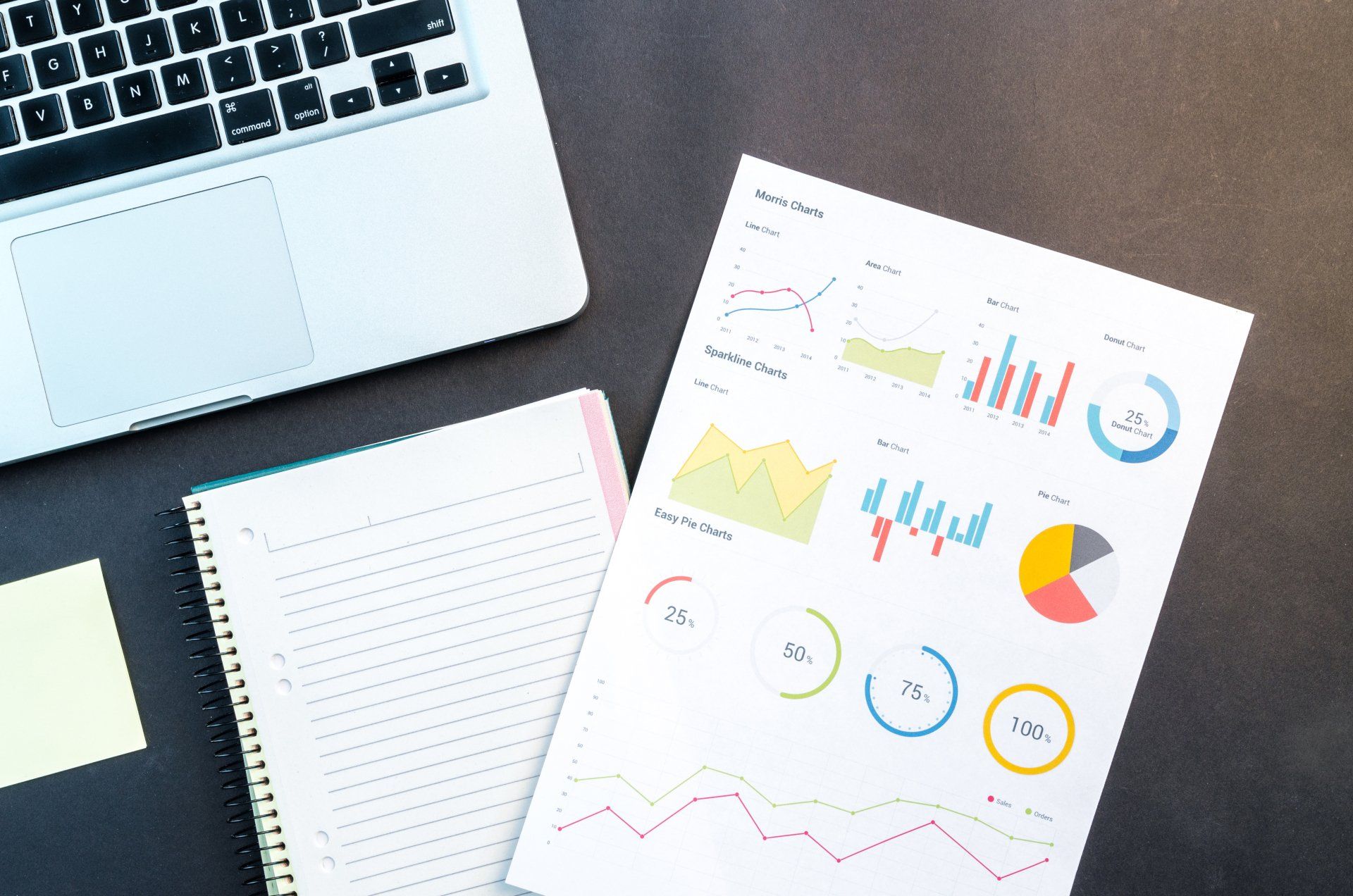Understanding Data Theft: Safeguarding Your Digital Footprint

In the digital age, our lives are intricately connected to the online world. From shopping and banking to sharing memories with friends, we leave behind a trail of digital footprints. But there's a lurking danger in this digital landscape – data theft. Let's delve into what data theft is, why it matters, and how you can protect yourself.
What is Data Theft?
Data theft is like someone sneaking into your digital world and taking things that don't belong to them. It's when unauthorized individuals get hold of your personal information, financial details, or even business secrets without your consent. This can happen through hacking, phishing emails, or malware.
Why Does Data Theft Matter?
Your personal data is precious. It's like your virtual identity. If someone gets their hands on it, they can impersonate you, steal your money, or even harm your reputation. For businesses, data theft can mean losing customer trust, facing financial losses, and dealing with legal troubles.
How Does Data Theft Happen?
Cybercriminals are like modern-day burglars, but they operate online. They use tricks to trick you into sharing sensitive information or exploiting vulnerabilities in your computer systems. Phishing emails, fake websites, and weak passwords are some of their tools.
Protecting Yourself from Data Theft
- Strong Passwords: Use passwords that are hard to guess. Combine letters, numbers, and symbols. Avoid using your name, birthdate, or common words.
- Be Cautious Online: Don't click on suspicious links or download files from unknown sources. Scammers often use tempting offers to lure you into their traps.
- Update Software: Regularly update your computer and smartphone software. These updates often include security fixes that help keep hackers at bay.
- Secure Wi-Fi: Set a strong password for your Wi-Fi network to prevent unauthorized access. Public Wi-Fi networks can be risky, so avoid sharing sensitive information over them.
- Use Security Software: Install reputable antivirus and anti-malware software. They can help detect and prevent potential threats.
- Two-Factor Authentication (2FA): Enable 2FA whenever possible. It adds an extra layer of security by requiring you to provide another piece of information (like a code sent to your phone) in addition to your password.
Stay Vigilant, Stay Safe
In a world where our lives are intertwined with the digital realm, data theft is a real concern. But armed with knowledge and simple cybersecurity practices, you can minimize the risks. By taking proactive steps to protect your digital identity, you can navigate the online world with confidence, knowing that your data is secure.The body content of your post goes here. To edit this text, click on it and delete this default text and start typing your own or paste your own from a different source.










